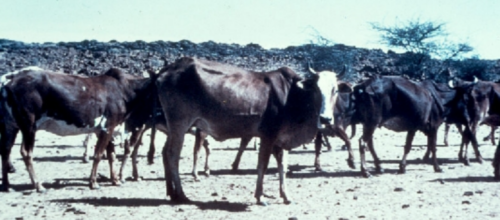 In the final week of the TBI Spring Field School semester, Dr. Lisa Hildebrand took the students through the cultural developments of early herders in the Turkana Basin during the Mid-Holocene period. As of today, pastoralism remains the key economic activity in the region as a response to the harsh ecological conditions, and in addition, serves as a social identity. While going through the architectural and faunal evidence, students came to understand that monuments would have been developed by early herders between 5000-4000 years ago. Dr. Hildebrand pointed out the changing landscapes during the Mid-Holocene as the main factor that would have revitalized the social-economic strategies of the early inhabitants from a fisher-hunter-gatherer lifestyle to herding, and the need for social cohesion would have sparked the construction of monuments. In addition, a new kind of pottery identified as Nderit-ware appeared at the same time in various habitation sites. These cultural developments would have been made possible by the seasonal migration in response to climatic shifts, resource availability, and/or coming into contact with other groups who could have then introduced them to domesticates such as sheep, goats, and cattle.
In the final week of the TBI Spring Field School semester, Dr. Lisa Hildebrand took the students through the cultural developments of early herders in the Turkana Basin during the Mid-Holocene period. As of today, pastoralism remains the key economic activity in the region as a response to the harsh ecological conditions, and in addition, serves as a social identity. While going through the architectural and faunal evidence, students came to understand that monuments would have been developed by early herders between 5000-4000 years ago. Dr. Hildebrand pointed out the changing landscapes during the Mid-Holocene as the main factor that would have revitalized the social-economic strategies of the early inhabitants from a fisher-hunter-gatherer lifestyle to herding, and the need for social cohesion would have sparked the construction of monuments. In addition, a new kind of pottery identified as Nderit-ware appeared at the same time in various habitation sites. These cultural developments would have been made possible by the seasonal migration in response to climatic shifts, resource availability, and/or coming into contact with other groups who could have then introduced them to domesticates such as sheep, goats, and cattle.
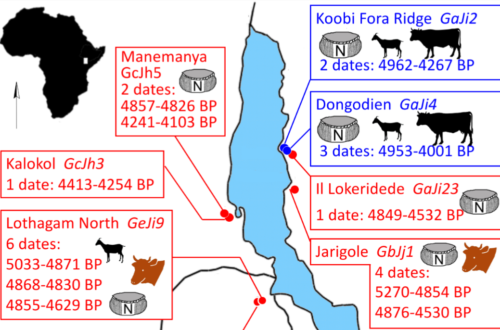
The appearance of domesticates and pottery on the east and west side of the lake.
To enhance unity and rekindle social ties among groups, early herders built megalithic structures and cemeteries near the lake-shoreline for communal meetings. Cemeteries at the site present evidence of an egalitarian society with burials exclusively arranged to fit the limited spaces rather than social hierarchy. Some of the pillar site include Jarigole, Manemanya, Kalokol, Lothagam North, and Lothagam West. Dr. Hildebrand focused on discussing the burial practices and material culture present at the Lothagam North site, which has been studied intensively by her Later Prehistory of West Turkana (LPWT) team. Associated adornments such as stone beads, ostrich egg shell beads, hippo ivory bangles have been found at this site. Students were also engaged in discussions comparing the architectural designs of pillars, artifacts, and the possible cultural relations between early pastoralists and fisher-hunter-gatherer communities. The coping mechanism of these early herders to shifting environments serves as a lesson we could learn and embrace when dealing with current issues such as global warming, and food security.
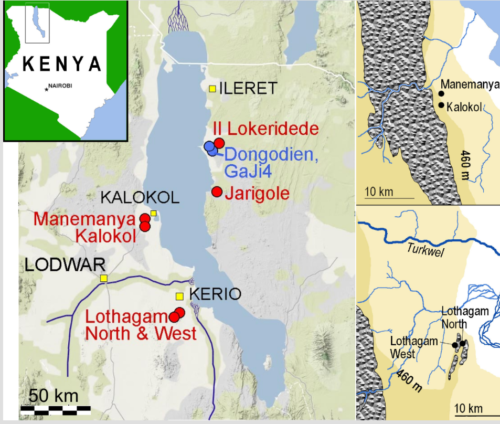
Sites with evidence of pastoralism in the Turkana Basin.
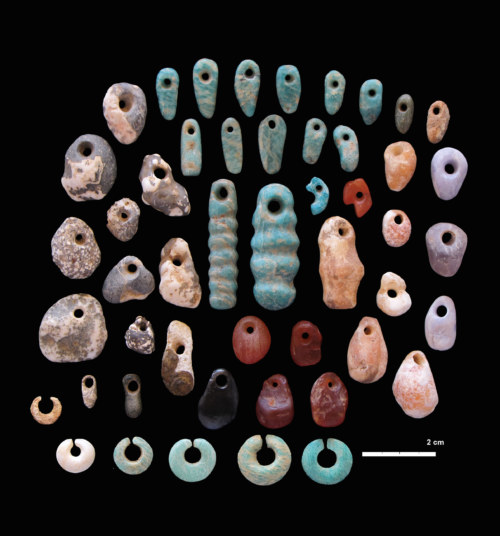
Coloured stone beads, mineral pendants and earrings from Lothagam North site.
Congratulations
As we come to the close of the Spring 2020 TBI Field School, students have accomplished more in the first quarter of the year. The Field School students had fun exploring, learning, and doing research in the various interrelated fields of science. From learning about the Ecology of the East African Savannah at Mpala, Geology of the Turkana Basin, Paleontology, and Cultural Immersion at Ileret. More importantly, students were able to interact, met new friends, learnt new languages, and embraced cultural diversity. Although the semester was interrupted by the COVID-19 pandemic, they still had the chance to continue with the field school while learning about Human Evolution, and the Archaeology of Turkana Basin virtually, enjoying tours of sites on the east and west-side of the lake. We wish to congratulate the students for their hard work, and well-deserved success. We hope to see yourselves back at Turkana as you pursue your dream research projects.
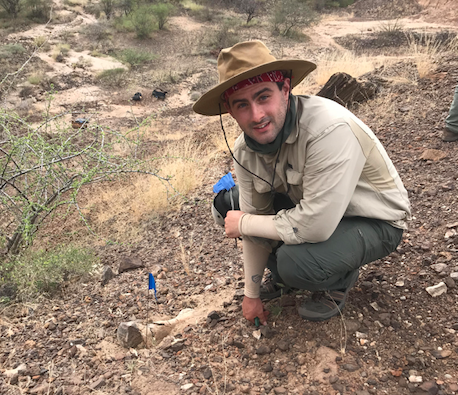
Congratulations Zak!
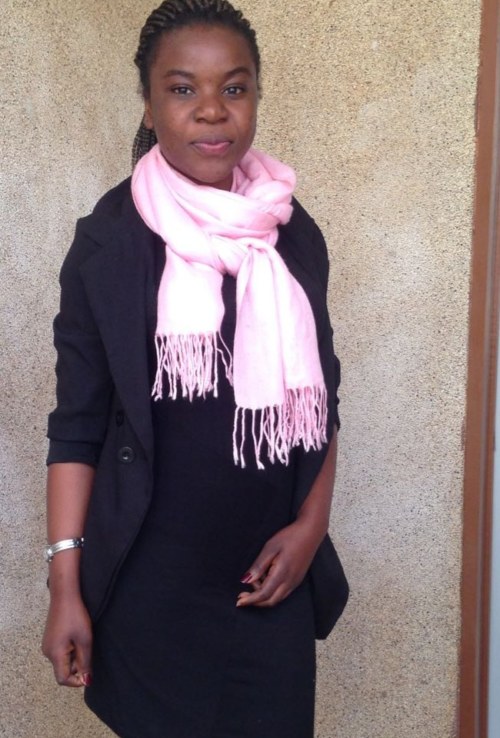
Congratulations Clara!

Congratulations Joe!
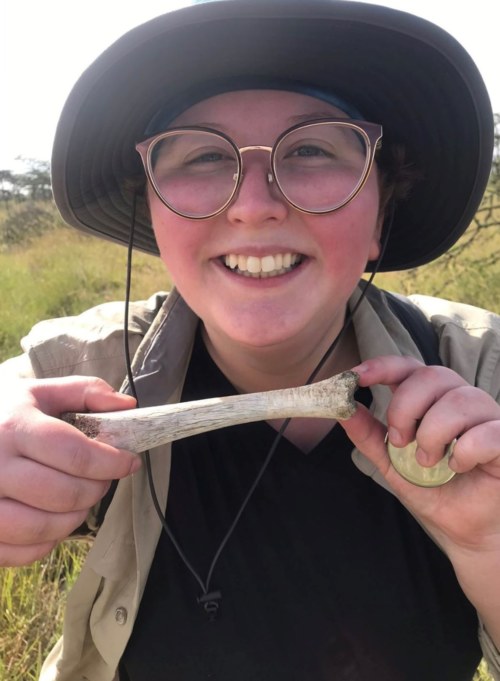
Congratulations Emma!
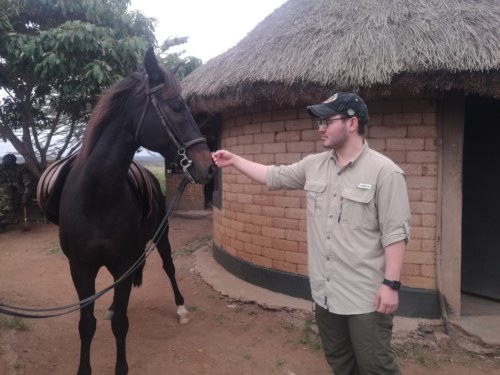
Congratulations Jared!
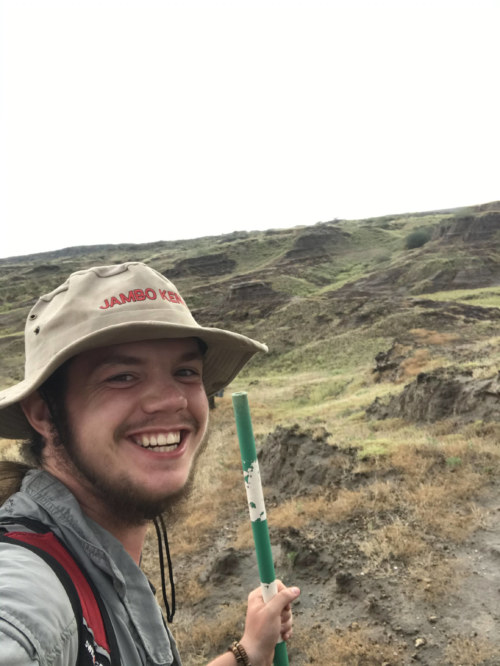
Congratulations Michael!
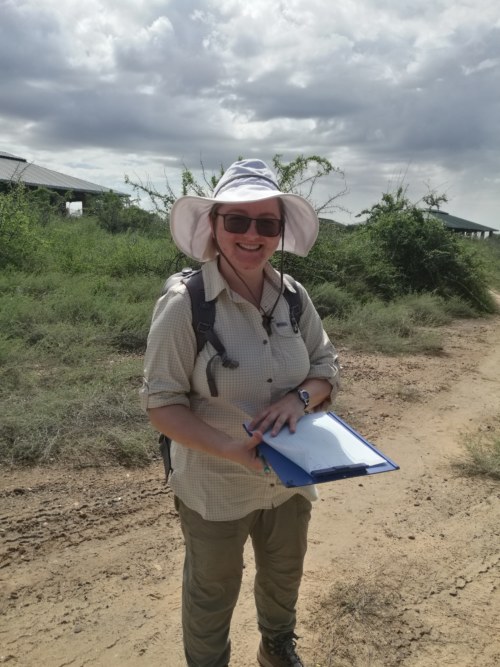
Congratulations Amber!
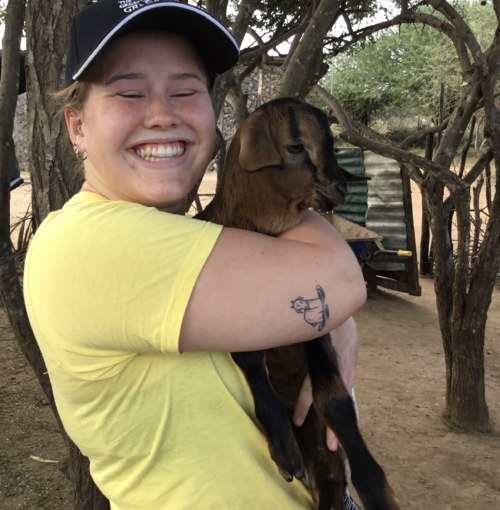
Congratulations Becca!
See you next time!





